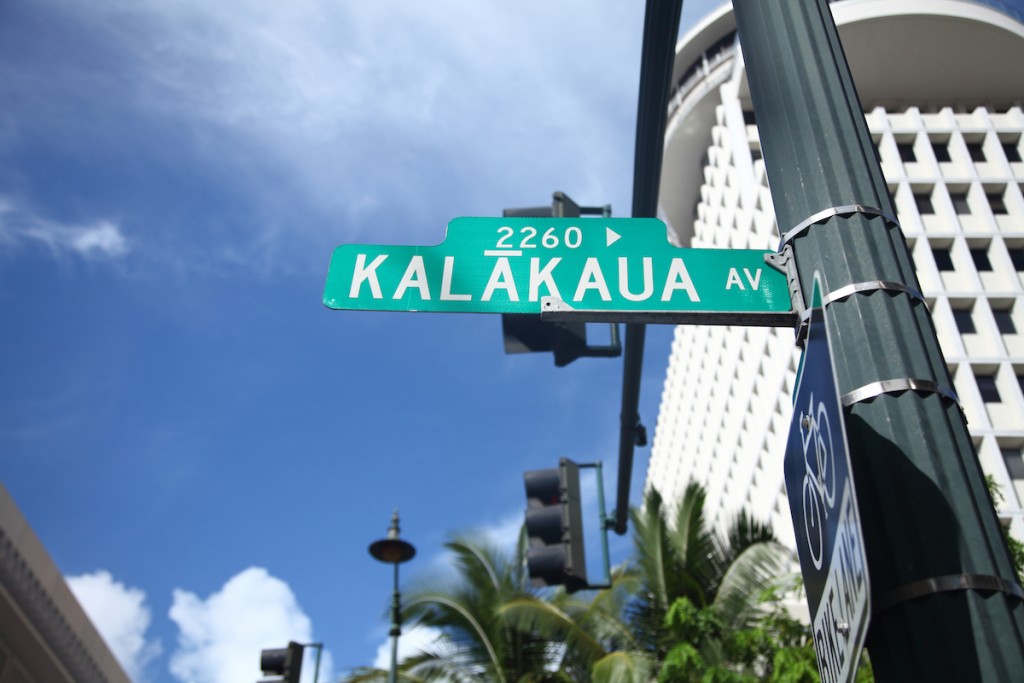Why We Decided to Use Hawaiian Diacritical Marks in Our Stories Online
The answer is easy: Because it’s the right thing to do.

For years, HAWAIʻI Magazine has used Hawaiian diacritical marks in its magazine, a decision that was made well before I took the helm as editor in December 2018.
Hawaiian diacritical marks comprise two symbols: the glottal stop (ʻokina) and the macron (kahakō), which lengthens and adds stress to the marked vowel. You can have the same word but its meaning changes with these marks. For example, the Hawaiian word pau means finish. But insert one, two or three diacritical marks and you have a whole different word: paʻu (smudge), paʻū (moist) or pāʻū a women’s skirt).
That means without the proper marks, the word is essentially misspelled. And we can’t have that.
There’s a reason why our magazine—and many other publications—chose to omit Hawaiian diacritics on the web. Partly, it has to do with SEO (search engine optimization). Words with ʻokina and kahakō have been harder to find in search engines. And partly, some operating systems and installed fonts aren’t able to display these marks; they appear instead as boxes or question marks.
But after a lot of thought and lengthy discussions in the office, we decided we were going to honor the Hawaiian language online by using these marks. It’s our small part in helping to perpetuate the language.
There are ways you can help, too. For starters, the Hawaiʻi Tourism Authority developed an autocorrect tool that can be installed for use with Microsoft Word. Download the toolkit here. And to find the correct spelling (and meaning) of Hawaiian words, visit wehewehe.org, a quick online reference guide.


